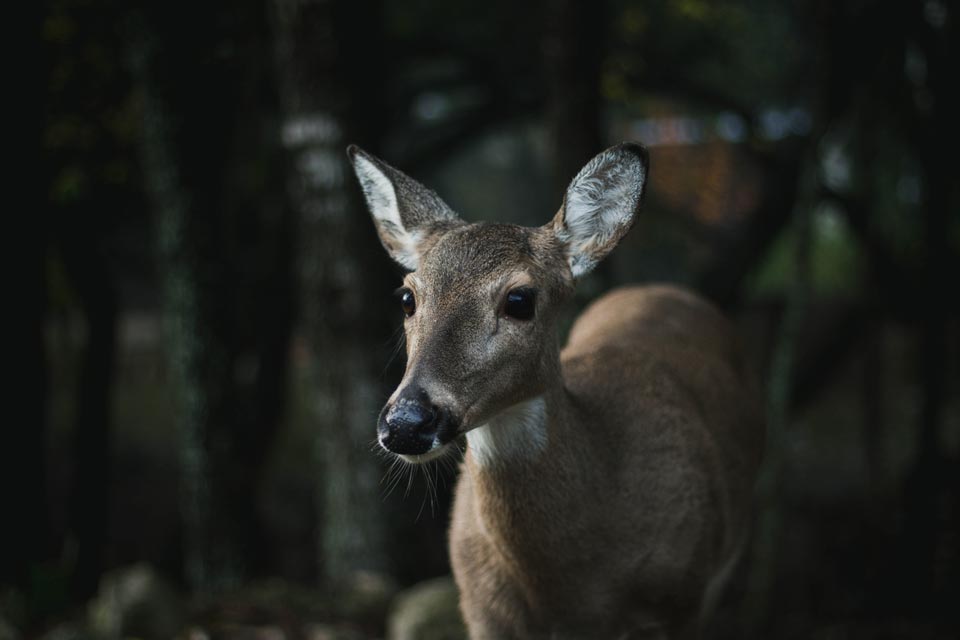I love to read recipes. I have an adventurous palate and I’ll try anything once. Like a Labrador retriever, everything is a food item until proven otherwise. My only rule is no organs. I know too much about physiology and diseases to go down that road.
Soups recipes are particularly intriguing. But some call for things that I don’t have on hand or I don’t think are important. One of my favorite recipes is Gypsy soup from the Moosewood cookbook. I’ve made it many times. It calls for tamari which is absent from my pantry. I’ve left it out of the recipe every time I’ve made it. Would it add or change the flavor of my favorite soup? Probably but I really don’t miss it.
I also love hummus. In my quest to know exactly what I am eating, I tried making hummus as well. Everybody told me it was easy. I looked up recipes. Many called for tahini. I had no tahini in my cupboard. But there were some recipes were tahini-less. I tried those. After that trial, I immediately abandoned that effort and stuck with store bought!
Several months ago, I gave hummus another go. This time with tahini. WOW! What a difference. Tahini makes hummus work.
With the conclusion of the fawn survival study, we’ve talked a lot about predation and predators. Generally speaking, humans do not have a favorable view of those species that do not subsist on plant material. You don’t have to look to hard to find numerous examples of predator persecution.
Wolves, coyotes, bears, mountain lions – all persona non grata in the U.S. Of the predators still present in Pennsylvania, bobcats were considered vermin with a bounty system used to reduce populations; black bears suffered habitat loss and indiscriminant killing as a result of perceived threat to crops or livestock; and coyotes, well there is still an open season on them.
Transforming our view of predators as an ingredient to be slashed from the recipe list has been a slow process. Everything seems to be working fine without them. Are predators really the tahini of ecosystems?
The short answer is yes. Predators are an essential ingredient to ecosystems.
The poster child for this is the Yellowstone ecosystem. There are dozens of publications on the effect of predator reintroduction. Habitat recovery and increased avian species richness were seen. There is evidence that predation may limit prevalence or suppress emergence of diseases like chronic wasting disease. And predation may even mitigate the effects of climate change on ecosystems.
Pennsylvania is far from Yellowstone and our suite of predators is far from historically complete. But we do still have bears, bobcats, coyotes, foxes, fishers, and the like. While many focus on the deer they may or may not eat, they do so much more.
Like suppress mesopredator populations which negatively impact avian species. They contribute to human health and wellbeing by limiting disease-carrying agents (like rodents) and playing clean-up crew of various dead things. In fact, the food web (and the presence or absence of predators) influences tick-borne disease, like Lyme disease.
Predators flavor ecosystems in the best way. An ingredient that can’t be omitted. They are definitely the tahini to my hummus!
Wildlife Biologist
Previous articles in this series:
Fawns, Predators, and Deer Populations-what’s the bottom line on fawn survival?
Bunches, Heaps, and Gobs of Fawns
Land of the Living
A Million Ways to Die
Don’t Run that Way
Who’s Eating Bambi? – North America Edition
All Good Things
Time May Change Me
Living Outside of the Box
Elasti-Doe
Next article in this series:
If you would like to receive email alerts of new blog posts, subscribe here.
And Follow us on Twitter @WTDresearch
